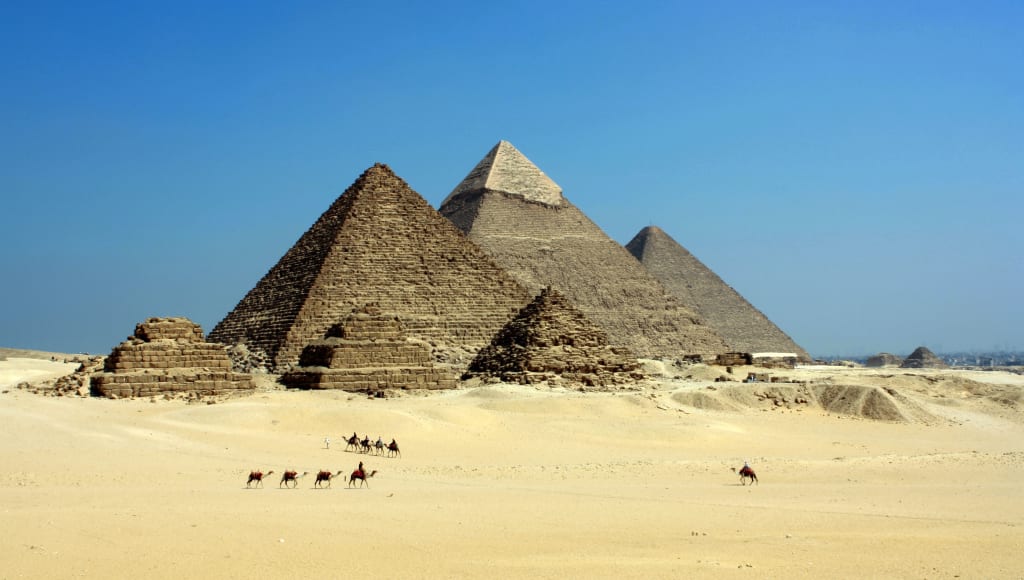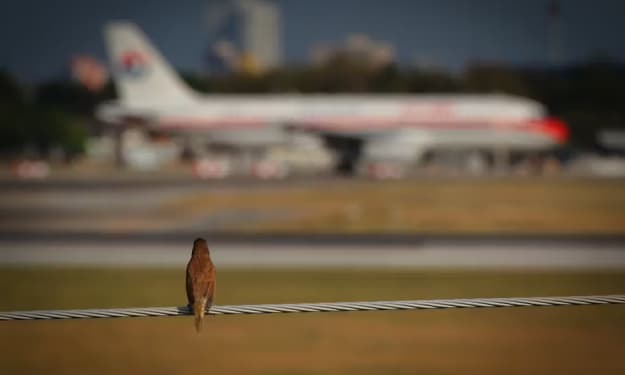Unveiling Egypt's New Capital: A Strategic Move Beyond Overpopulation
Examining Cairo's Urban Challenges and the Political Motives Behind the New Administrative Capital

Cairo, the sprawling and historic capital of Egypt, has long been a locus of power and change, witnessed by its palaces and the scenes of various revolutions. However, in a surprising move in 2015, the Egyptian government announced the initiation of a new capital city, known as the New Administrative Capital, located about 50 kilometers away in the desert expanse. President Abdel Fattah El-Sisi spearheaded this initiative, arguing that it would provide a solution to the vexing issue of Cairo's overpopulation. Yet, the underlying problems of Cairo's congestion and its complex backstory lay far deeper than this new city might suggest.
The presence of a vivid population counter outside government edifices, complete with its red, flashing lights, serves as a stark reminder of Cairo's perpetual overpopulation. With Egypt's total population surpassing 100 million, nearly a fifth of the country's residents are concentrated within Greater Cairo's boundaries. The result is that Cairo's population density reaches staggering heights, eclipsing even global megacities such as New York and London. The city itself traces its origins to the 10th century, emerging as the capital of the Arab Fatimid Caliphate. It was strategically founded along the fertile banks of the Nile River, as the surrounding desert offered little sustenance. Over subsequent centuries, various rulers undertook expansions of Cairo's urban footprint, often adjoining the fertile riverbanks.
During the 20th century, rural-to-urban migration precipitated the growth of Cairo's informal settlements. Characterized by both low-income and middle-class residents, these unplanned neighborhoods arose due to the government's inability to provide affordable housing and adequate public services. Consequently, the city's population continued to swell. Yet, the government's inclination to blame these informal settlements for the overcrowding issue reflects a superficial understanding of the true causes.
The government's historic response to Cairo's congestion has frequently revolved around constructing new cities in the desert periphery. Initiatives dating back to the 1950s aimed to mitigate the problem by establishing alternative urban centers. However, these developments often catered primarily to higher-income individuals, with inadequate attention to public transportation infrastructure. The result was that many of these desert cities remained only partially inhabited. This trend endures under President Sisi's administration, exemplified by the New Administrative Capital project. However, this approach continues to sidestep the fundamental need for accessible affordable housing, instead channeling substantial investment into this nascent city.
The watershed events of 2011, marked by protests demanding the resignation of then-President Hosni Mubarak, brought into focus the significance of controlling Cairo's central urban spaces. The epicenter of these demonstrations was Tahrir Square, which held symbolic weight due to its proximity to government institutions. The prolonged occupation of this square and the consequent governmental paralysis ultimately compelled Mubarak's departure. Importantly, Abdel Fattah El-Sisi was at the helm of Egypt's powerful military at the time and witnessed the potency of urban centers as sites of political mobilization.
Subsequently, Sisi's rise to power in 2013 saw him quickly suppress any dissent. He undertook measures such as street-widening projects and bridge construction to facilitate military and police access while inhibiting the ability to erect roadblocks. Tahrir Square underwent transformation as well, featuring the addition of grand monuments and bolstered security, ostensibly to deter mass gatherings. This trend culminates in Sisi's latest endeavor: relocating the government entirely from Cairo. This migration is seen as a safeguard against potential uprisings, positioning the government in a city designed to be fortified against large-scale protests.
While portrayed as a remedy to Cairo's congestion, the New Administrative Capital serves a more strategic purpose for Sisi's regime. The city's physical separation from the populous core, along with the formidable military presence, serves to discourage and suppress mass protests. Thus, the new capital stands as a manifestation of Sisi's efforts to consolidate and secure his rule by distancing the government from the urban centers that have historically bred political change. Yet, the root issues that contribute to Cairo's overcrowding and uneven development still await comprehensive and sustainable solutions.
About the Creator
nour slimani
Nour here, writing stories that ignite my inner dabbler journalist. Join me as I explore captivating subjects, weaving them into engaging narratives. Let's uncover hidden gems together!
Enjoyed the story? Support the Creator.
Subscribe for free to receive all their stories in your feed. You could also pledge your support or give them a one-off tip, letting them know you appreciate their work.
Reader insights
Nice work
Very well written. Keep up the good work!
Top insight
Easy to read and follow
Well-structured & engaging content






Comments (1)
Nice work